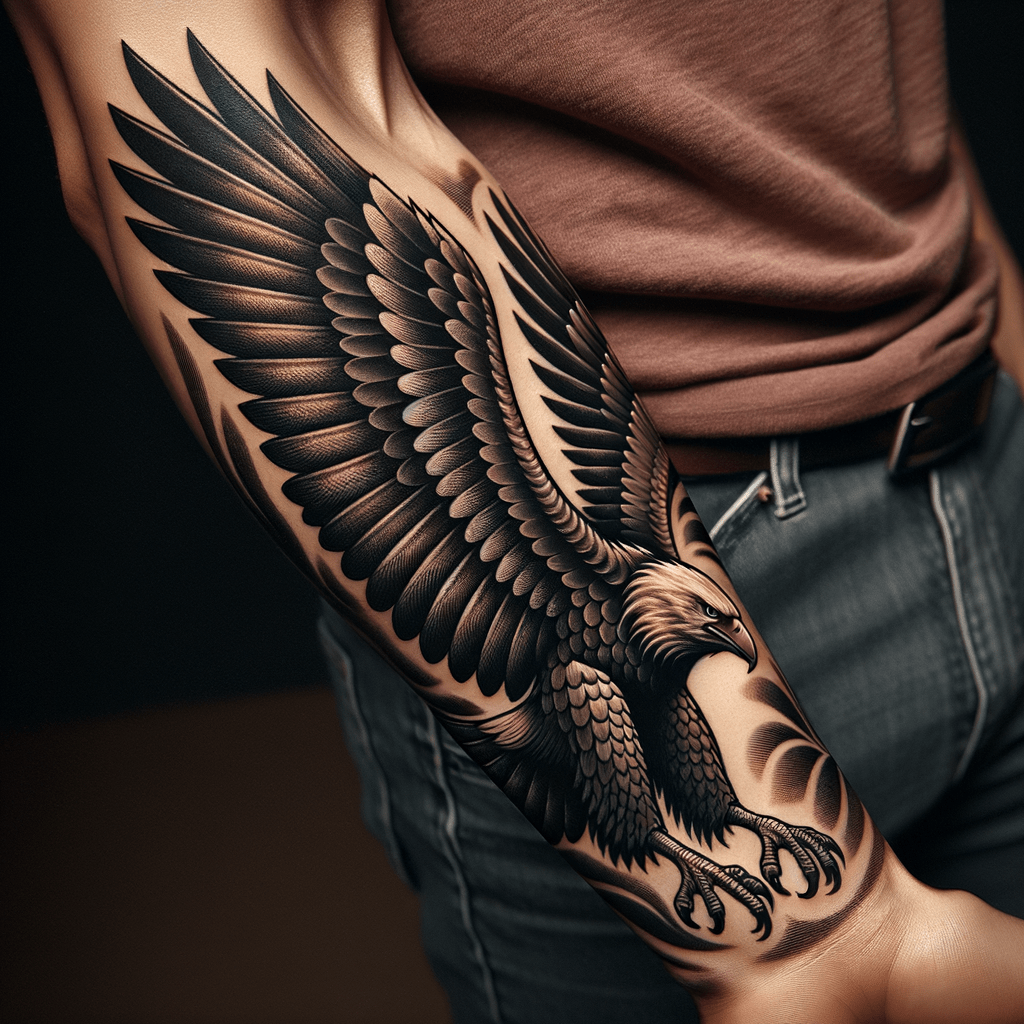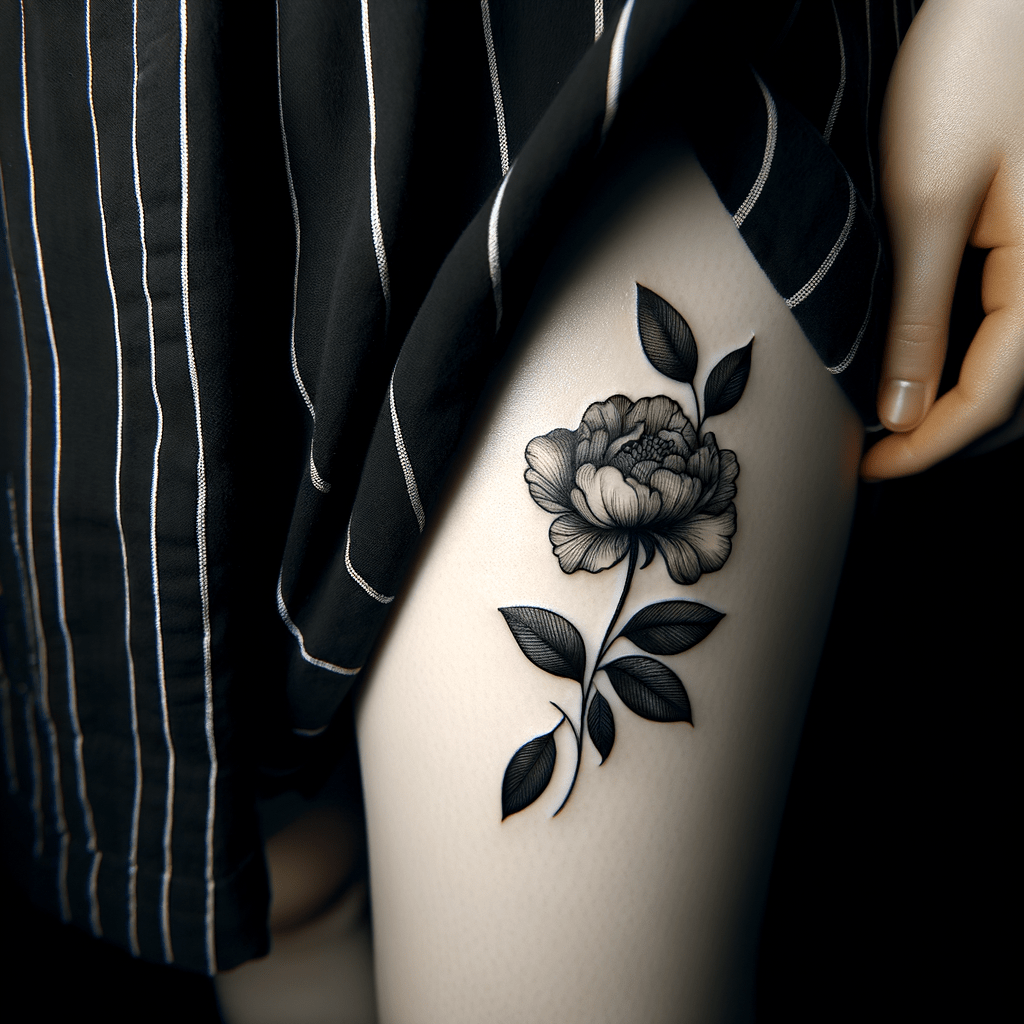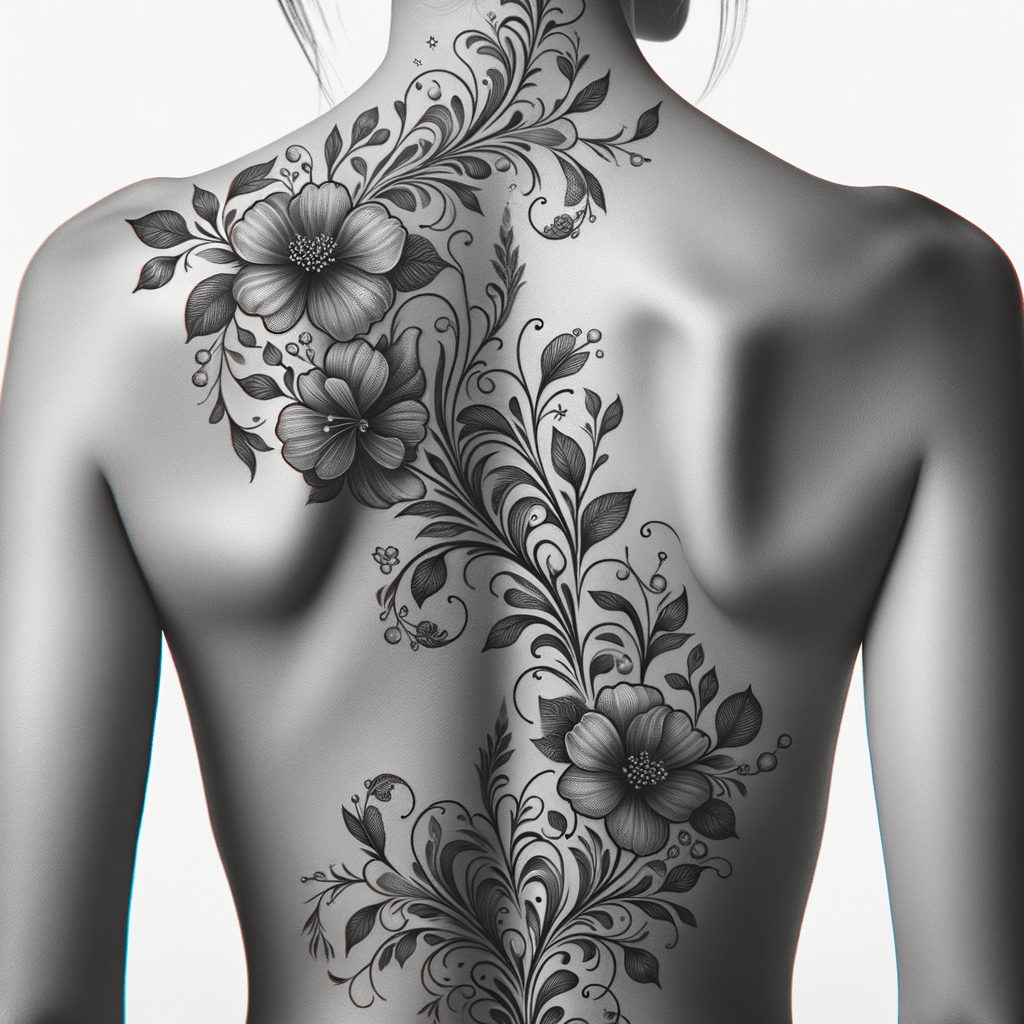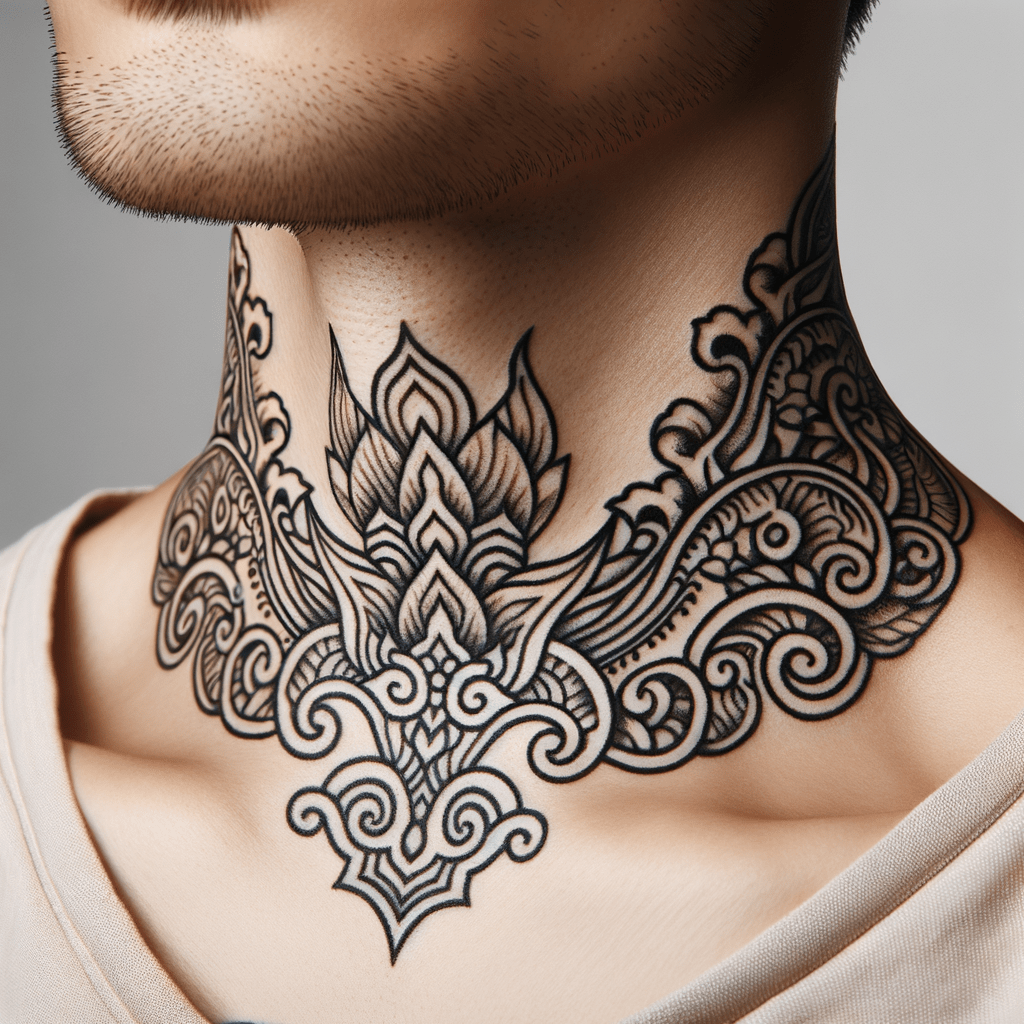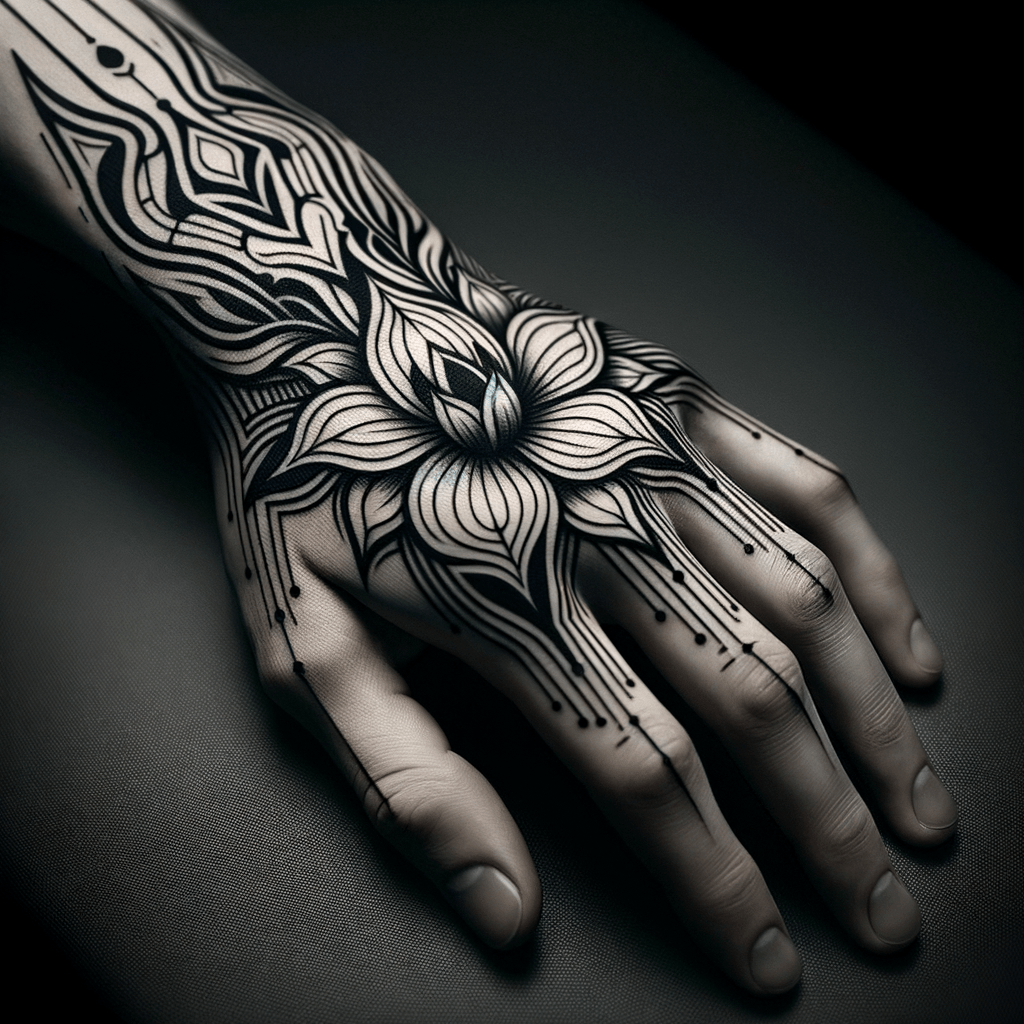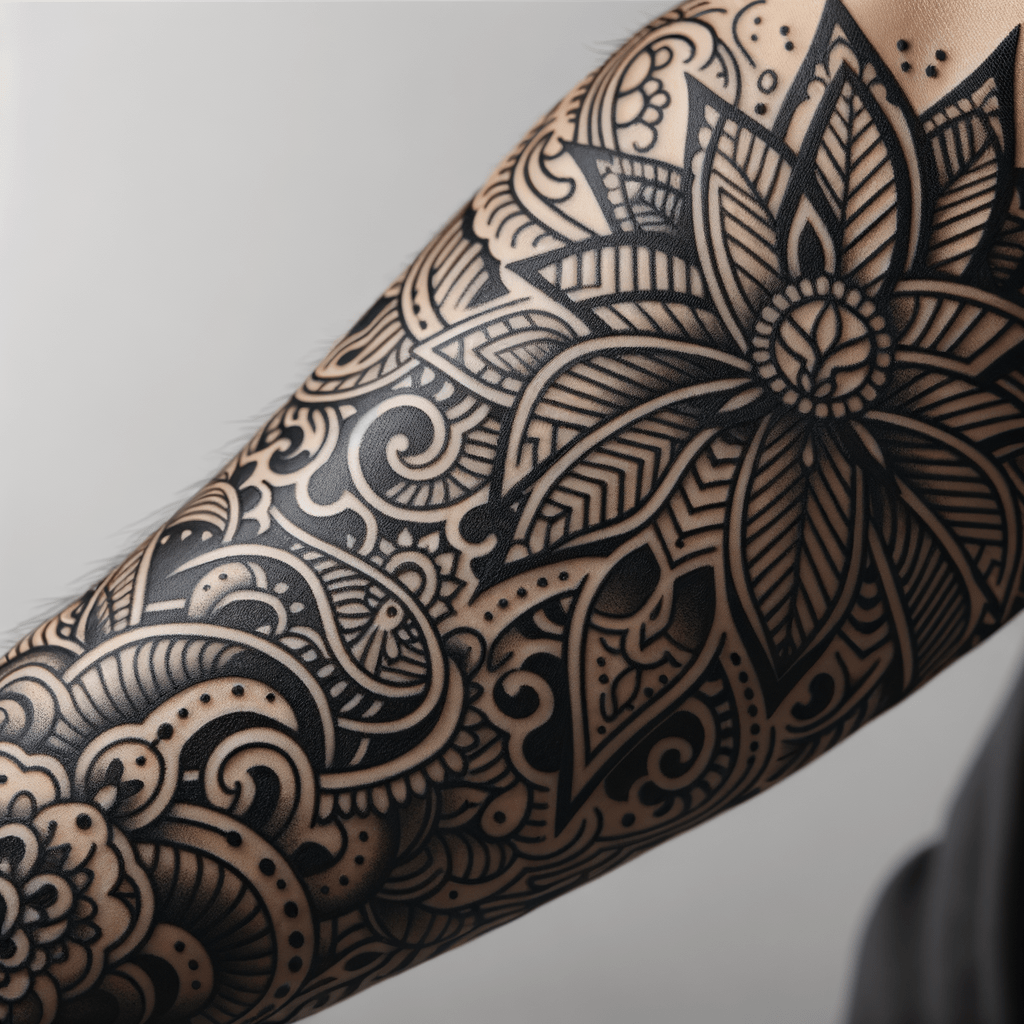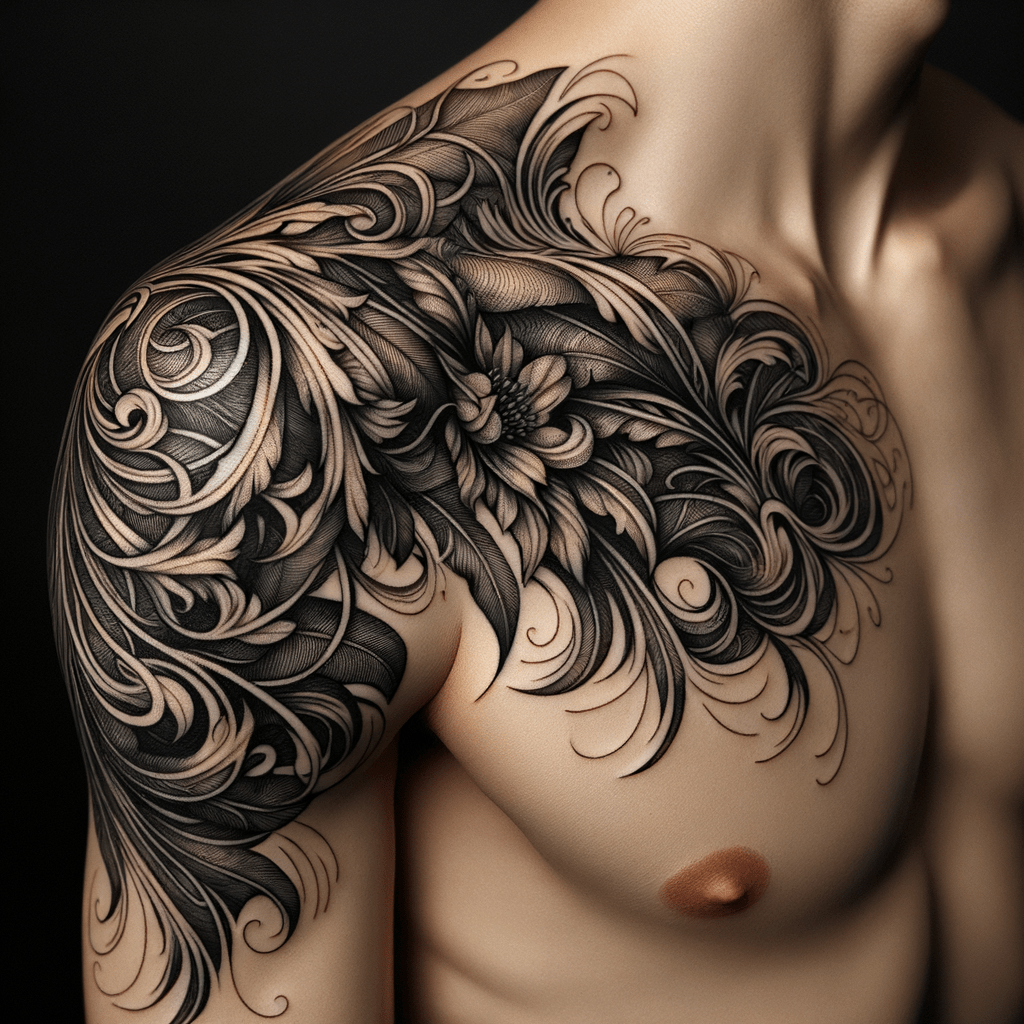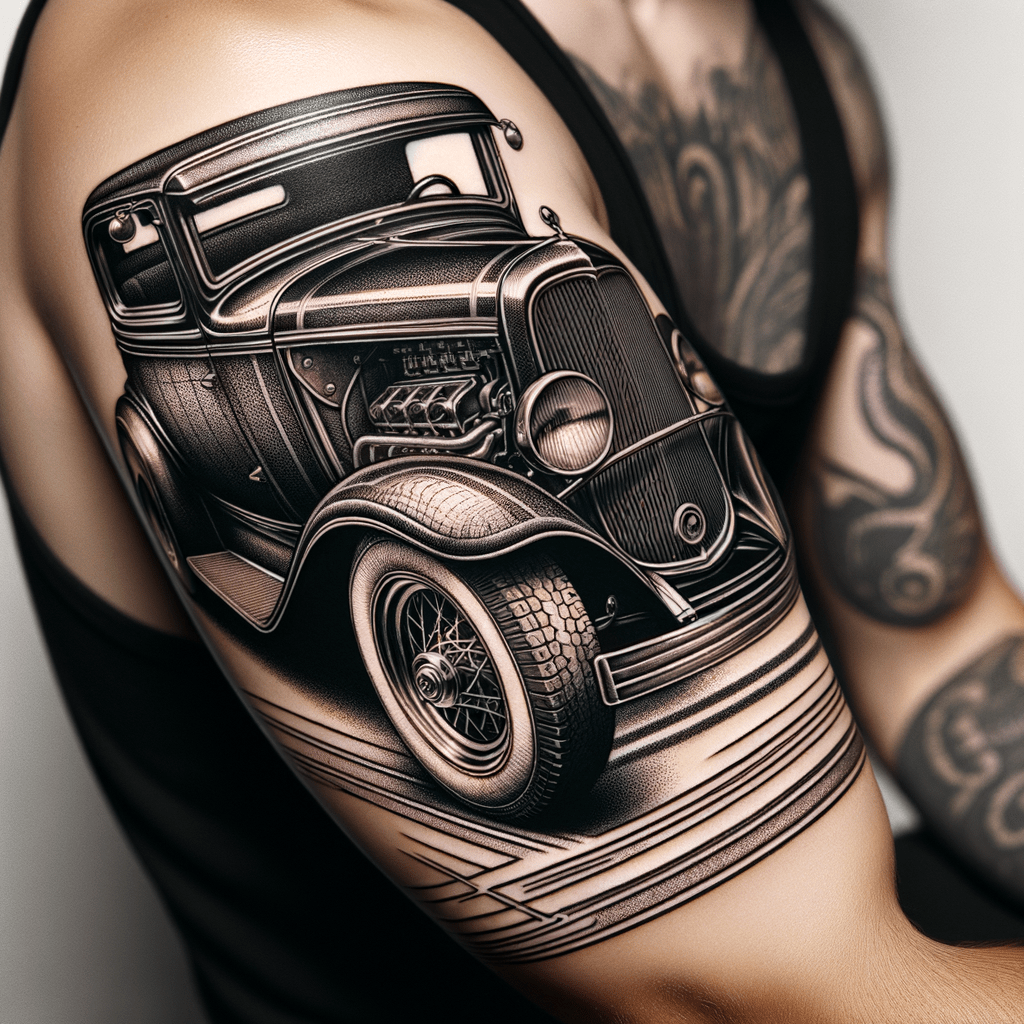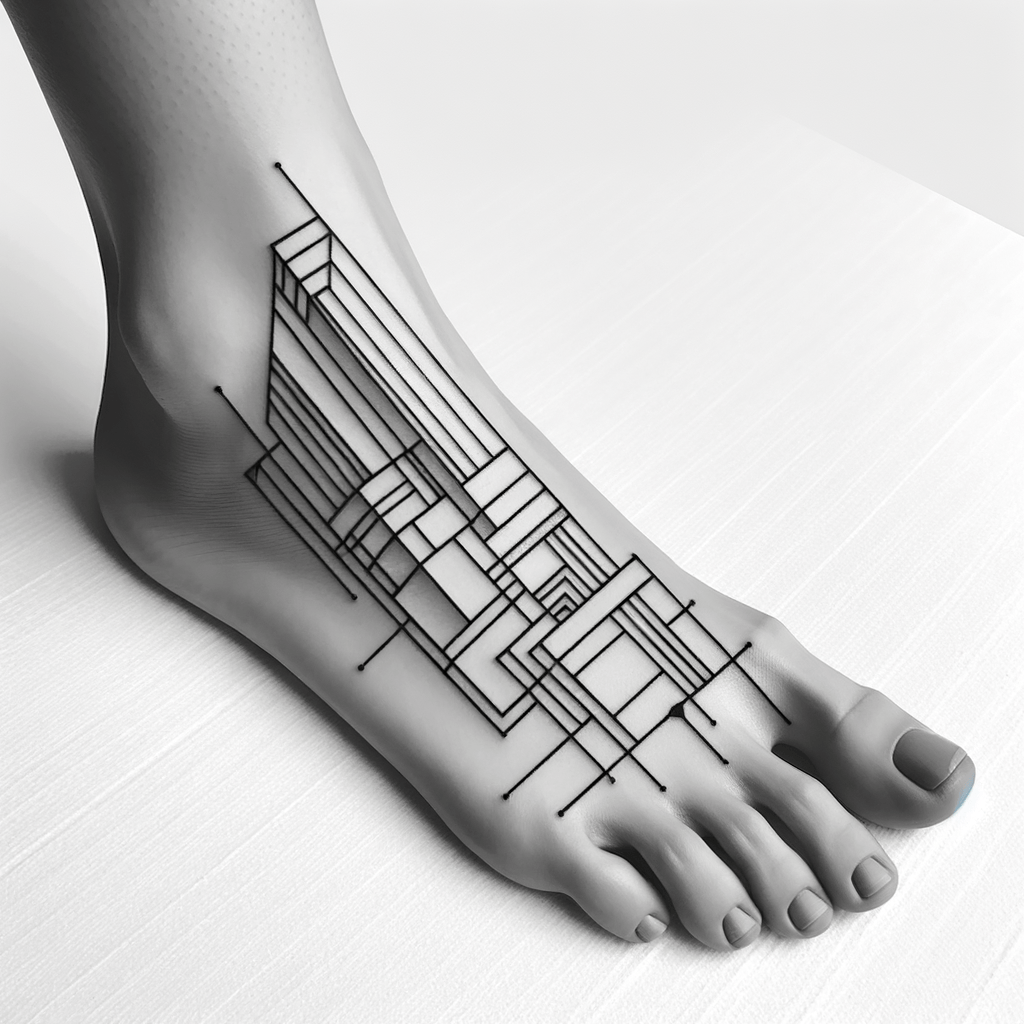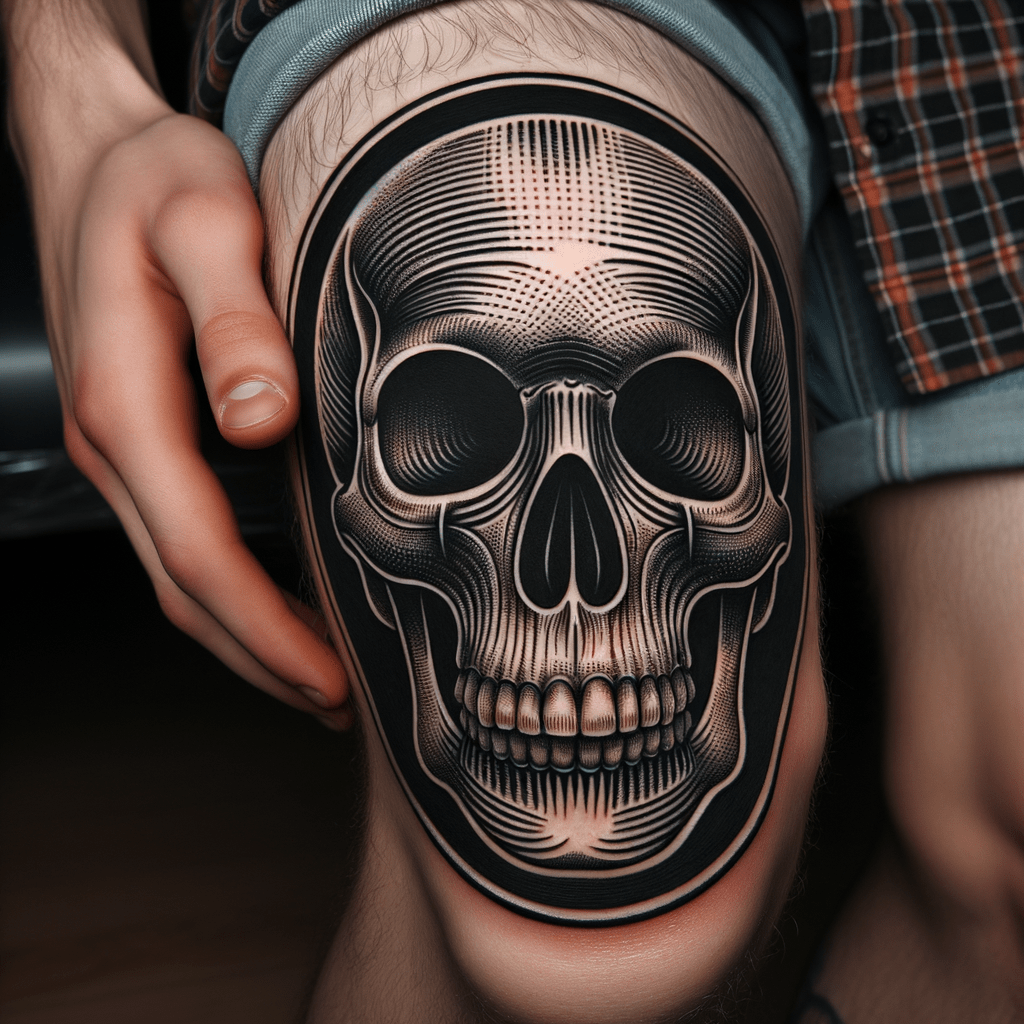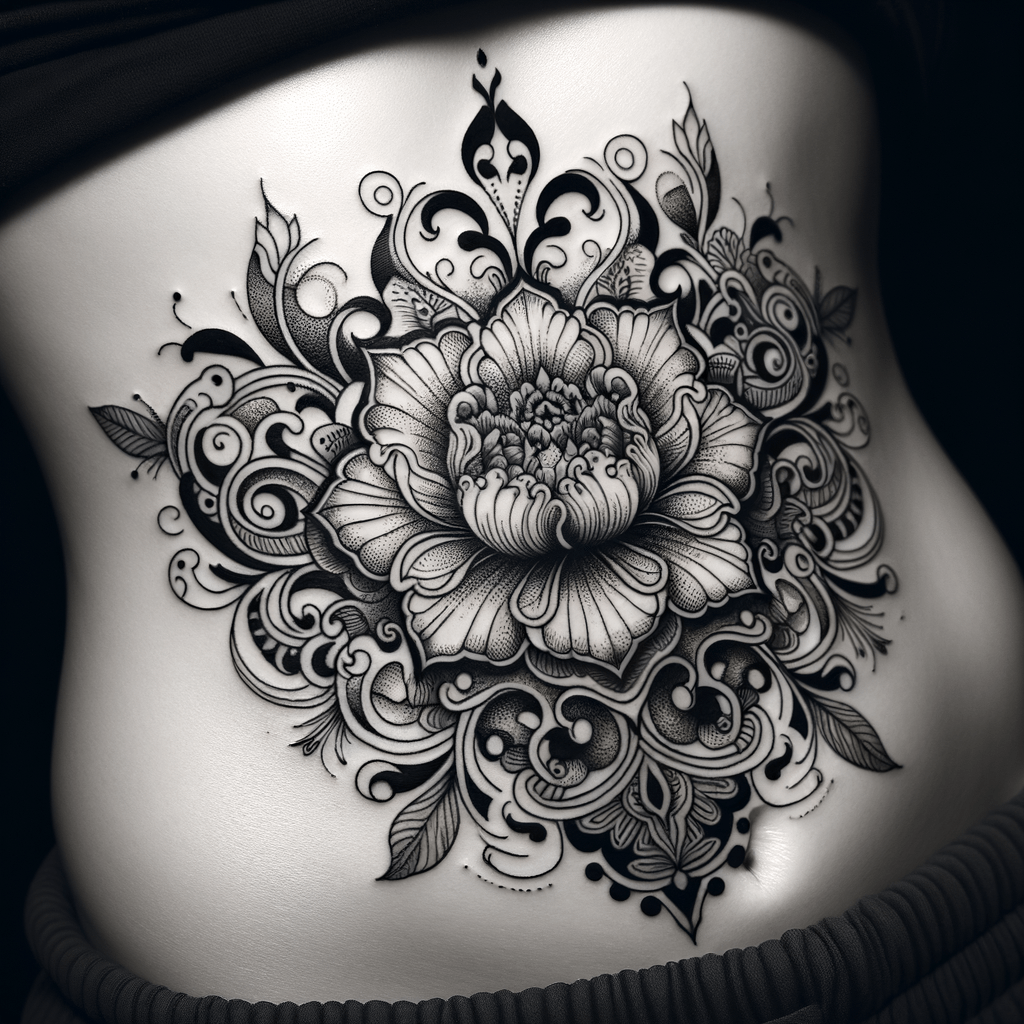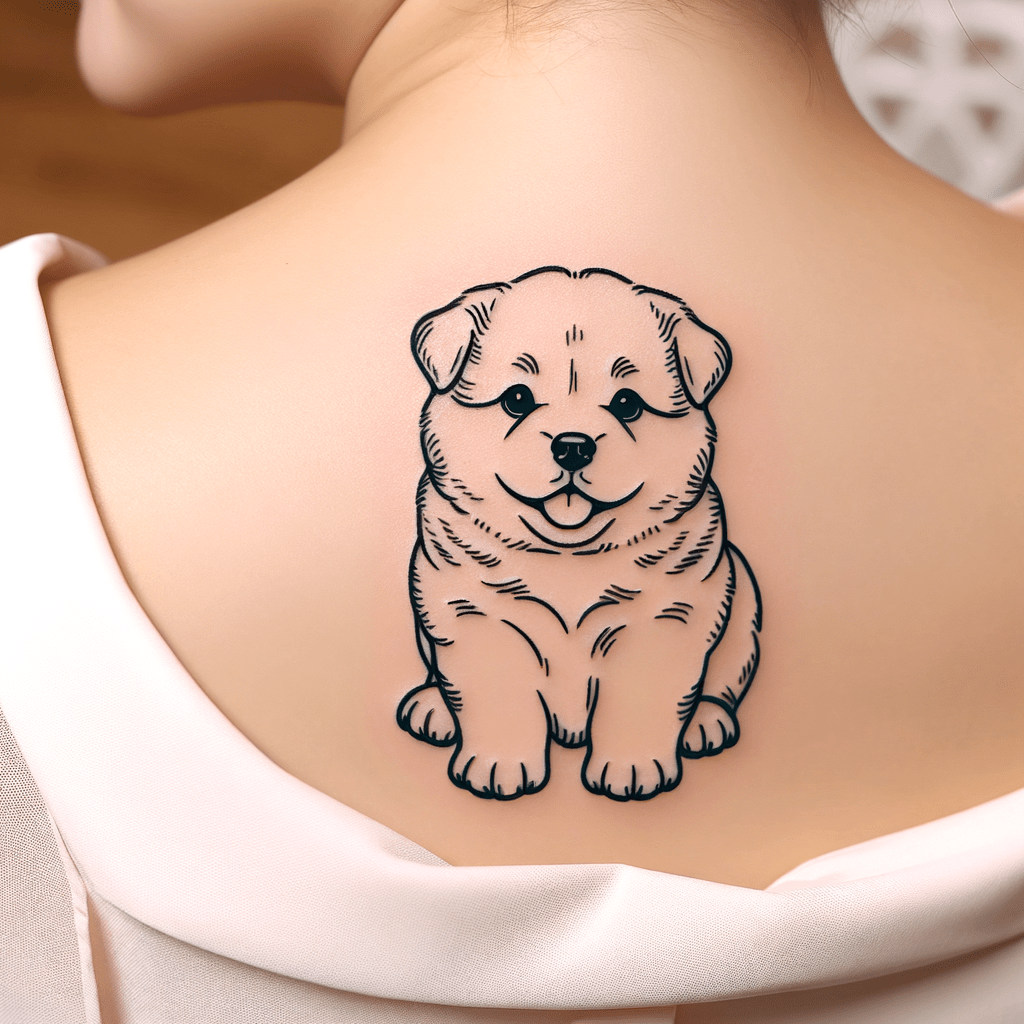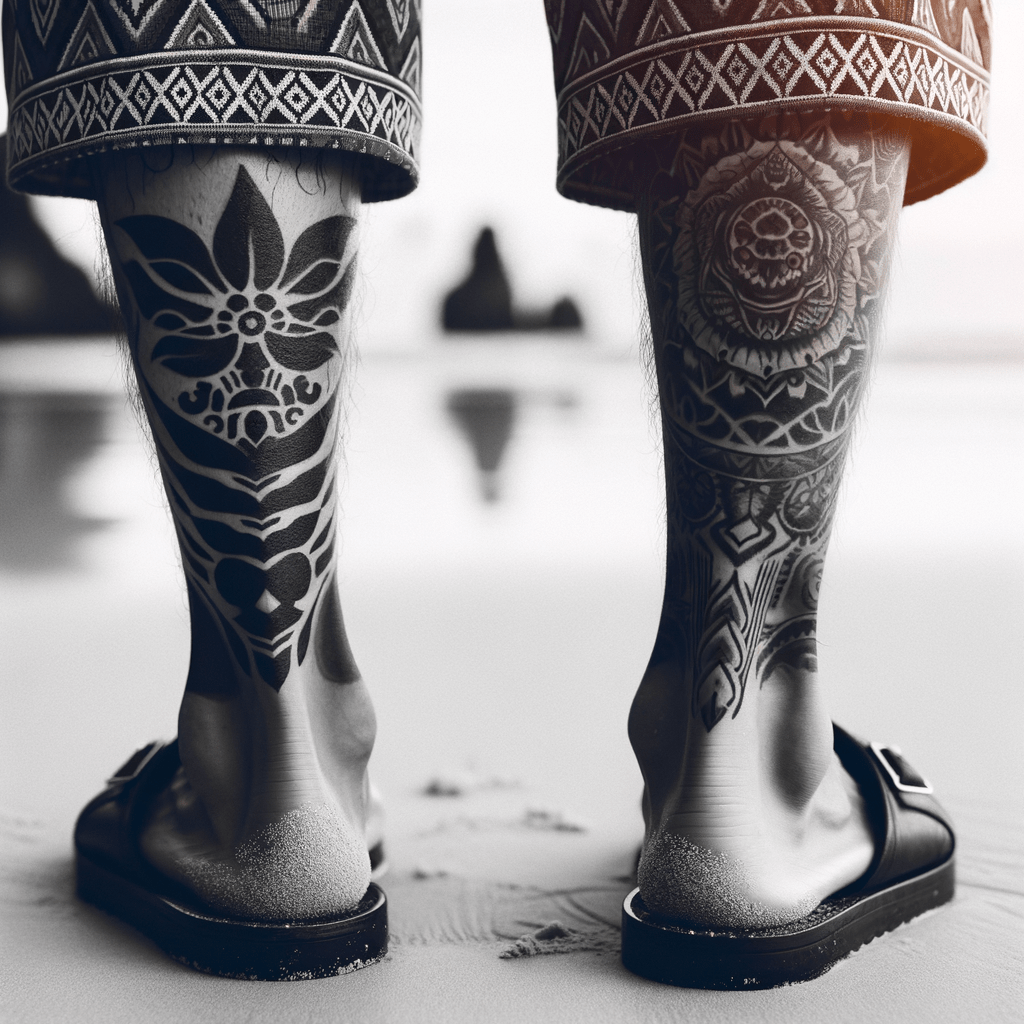Tattoo Placement
Looking for fun tattoo placement ideas? We organized our database of original AI designs based on tattoo placement. Whether you are looking for chest tattoos, neck tattoos, or designs that look good no matter which body part you place it on, we got you covered. Check out our body location options below.
Or get a tattoo design bespoke to you from our AI web app. To get started click the button below.
15,353 satisfied users!
How Can I Create a New Tattoo?
Generating your own designs, no matter the tattoo placement, is really easy thanks to our AI. In just 3 simple steps you can have your sketch ready. Where you place it is up to you and your tattoo artist. Make sure you work with an experienced tattoo artist to get the best recommendation in that regard.
1. Submit Your Ideas
The tattooing process can be an anxious experience for some. Creating the sketch shouldn’t be though. Simply enter your instructions so our AI know your preferences. The more specific your set of preferences the better. Important, select your preferred tattoo placement from the dropdown to get a design that’s suitable for that location.
2. Wait a Few Seconds
Our advanced AI can process all of your input in just seconds. After analyzing your preferences it generates a cool design matching your vision. Once your design has been generated you can easily make more tattoos by adjusting and resubmitting your prompts.
3. Get Your Design Inked
Take your favourite sketch to a professional tattoo artist, discuss the best placement and get it put on your skin. The tattoo journey can really be that easy.
Tattoo Placement FAQs
What is the best tattoo placement?
Your tattoo placement and design is a very personal choice. It depends on many variables such as your pain tolerance, whether you want a large tattoo or tiny tattoo, your tattoo artist’s abilities, whether you want it to be visible, and more. There is no perfect placement and it has to be a decision you feel comfortable with.
What are some popular tattoo placement options?
You can’t go wrong with some classic placement options such as the upper arm, inner arm, outer bicep, inner wrist, and shoulder blade. Of course foot tattoos and leg tattoos are also very popular.
What are some unique tattoo placement ideas?
Body art always looks extra edgy when you choose a different placement. Behind the ear, face tattoos or a collarbone tattoo might be intriguing to you. Or you could go after a cool half sleeve, full sleeve or forearm tattoo. Play around with our AI and choose different tattoo placements to get inspired.
What are some tattoo placements that are easily hidden?
If you don’t want visible tattoos you have to be strategic about your placement choice. You could get something like a back tattoo or upper thigh which will be covered most likely. Alternatively, you can go for tiny designs that can easily be covered up.
